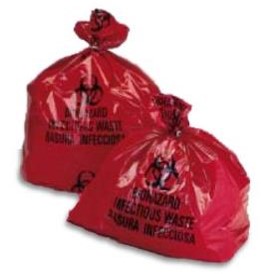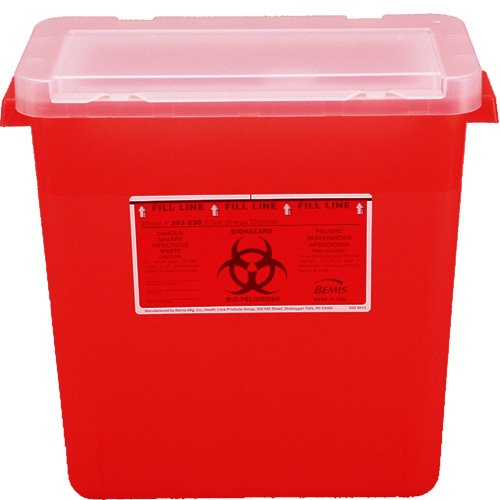
The Biological Safety Officer, EHS, and the IBC facilitate the safe use of recombinant and/or synthetic nucleic acids, infectious agents and potentially infectious materials, such as human sourced materials, in research and teaching laboratories. We do this through a variety of activities, including training, risk assessments, protocol reviews, audits, and consultations. Policies and procedures relating to Biosafety can be found in the Biosafety Manual.
For any questions and/or comments, please contact us.
BIOLOGICAL RESEARCH SAFETY
Conducting safe biological research requires appropriate facilities and equipment, comprehensive training, adherence to proper laboratory practices, and maintenance of safe working conditions. Biological safety safeguards the UMKC community, including students, faculty, staff, and visitors, while upholding our standards of academic excellence and integrity. Implementing robust biological safety protect the environment from release of potentially harmful agents.
The Institutional Biosafety Committee (IBC) oversee and approve research involving biohazards and procedures for procurement, use, storage, transportation and disposal of biohazardous material.
Ensure that your lab has an updated Site-Specific Exposure Control Plan. These plans must be revised annually or whenever changes occur to accurately reflect current procedures and safety measures.
EHS biosafety officers conduct inspections of laboratories that handle biohazards. These inspections aim to ensure compliance with regulations, provide guidance on biosafety practices, verify completion of necessary training, and promote effective communication between researchers and EHS. Please consult our inspection checklists to prepare for your upcoming biosafety lab visit.
Biosafety inspection checklist
In case of a spill involving biohazardous material or recombinant DNA, please refer to the
Biohazardous Spill clean-up instructions. Ensure you have printed these instructions and stored them in your
Biohazardous Spill Kit for immediate access and proper handling of such incidents.
BIOHAZARDOUS WASTE
Lab staff and principal investigators (PIs) must identify, package, and decontaminate biohazardous waste, including all recombinant or synthetic DNA/RNA waste, before disposal.
What is Biohazardous Waste?
Biohazardous or biomedical waste includes the following materials:
- Sharps Waste: Needles, syringes, and other sharp objects that can cause injury and are contaminated with biohazards.
- Human and Nonhuman Primate Blood, Tissue, Body Fluids, and Cell Lines: Any biological material derived from humans or nonhuman primates.
- Cultures or Stocks of Pathogenic Agents: Includes bacteria, rickettsia, fungi, viruses, protozoa, parasites, prions, and select agents.
- Recombinant or Synthetic Nucleic Acids (recDNA): Waste from procedures involving plasmids, viral vectors, E. coli, yeasts, and naked nucleic acids.
- Laboratory Waste Items: Used personal protective equipment (PPE), culture dishes, tubes, and other items that have come into contact with biohazards.
- Animal Waste: Carcasses, body parts, and waste from animals exposed to recDNA or any biohazard.
- Human Pathological Waste: Tissues, organs, and body parts removed during surgery or autopsy.
- Plant Waste: All transgenic plants, seeds, spores, plant debris, soil materials, and any plants exposed to plant pathogens.
Solid biohazardous waste

- Collect biohazardous waste in plastic autoclavable bags marked with a biohazard symbol. Double bag petri dishes for added safety.
- Place the bags inside a rigid, leak-proof container that either displays the biohazard symbol or allows the bag's symbol to be visible.
- Loosely tie the bags before autoclaving to ensure steam penetration.
Sharps waste

- Collect sharps waste in red plastic sharps containers with a biohazard symbol and a tight-fitting lid.
- Do not mix with any other type of waste.
Liquid biohazardous waste
Liquid biohazardous waste must be treated before disposal via the sanitary sewer and cannot be discarded as solid waste. Follow this protocol to treat free-flowing liquid biohazardous waste:
- Collect the waste in leak-proof, rigid containers labeled with a biohazard symbol.
- If transporting, close and seal the containers, and place them in a leak-proof secondary container.
- Add chlorine bleach to equal a final concentration of 10 percent bleach.
- Let the solution sit for at least 30 minutes before disposing via the sewer.


